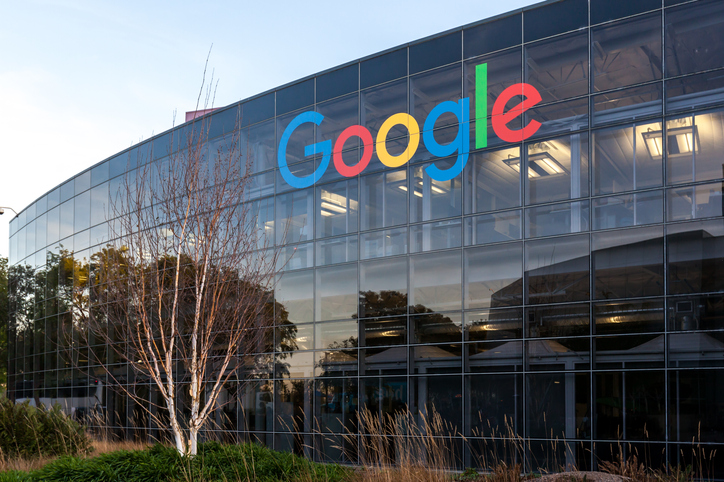What Is a Nofollow Link?


Quick Navigation
When it comes to search engine optimization (SEO), the rel=”nofollow” tag is an important HTML tag to know. Including this tag in your SEO strategy can help your website rank favorably on search engines. This is because Google doesn’t crawl nofollow links. Here we dive deeper into the importance of nofollow links.
A nofollow link is a hyperlink that includes the rel=”nofollow” tag. This tag tells search engines that they don’t need to follow this link, essentially telling them not to crawl it. The idea is that they tell search engines to ignore these links so they don’t influence the ranking of a webpage. When users see a nofollow link, they can’t tell the difference between it and a normal link. Everything happens on the backend, ensuring that the link doesn’t count toward anything.

Image via Pexels by cottonbro
Nofollow links are used for the following purposes:
Back in 2005, Google started using a webpage ranking system called PageRank. The purpose of this algorithm was to tell search engines which webpages should show up first on search result pages. PageRank uses a point system to determine how to rank pages. One factor that led to higher rankings were links. The more websites linked to your webpage, the higher it was ranked by Google.
In a perfect world, this would work out just fine. Unfortunately, a little thing called spam exists, which would render PageRank useless. That is until Google released the rel=”nofollow” tag. Without this tag, bad players would flood comment sections of blogs, forums, and social media sites with the links they wanted to rank high. More links used to equal higher search visibility. Thanks to the nofollow link, websites have the power to fight against spam and ensure Google is ranking webpages fairly.
Now blogs can have comment sections that actually foster a sense of community. Prior to the nofollow link, these comment sections were filled with nonsense comments that included self-promotional links. Although we still see a little of that today, the nofollow link prevents these spammers from making as much of an impact on search.
Experts say that a mixture of dofollow (default links) and nofollow links can lead to a more natural backlink profile. When your website only has dofollow links, this can look suspicious to Google. This is especially true if all of your links also have the same anchor text. You want to incorporate both kinds of links to show Google that you are building truly valuable webpages, not simply for the sake of link building.
When acquiring links, dofollow ones may be more beneficial to your rankings, although a high-quality nofollow link is helpful too. Even if this link gives your website no “Google points” for PageRank, it can get more users to visit your website. This can help boost your page ranking too.
As you can see, nofollow links are an excellent tool for marketing professionals to use. By incorporating both normal and nofollow links on your website, you’re showing Google that you are legitimately trying to provide quality content to users.

SEO Price Ranges: Everything You Need To Know
SEO | 4 min read

Structured Data
SEO | 4 min read

Knowledge Graph
SEO | 4 min read